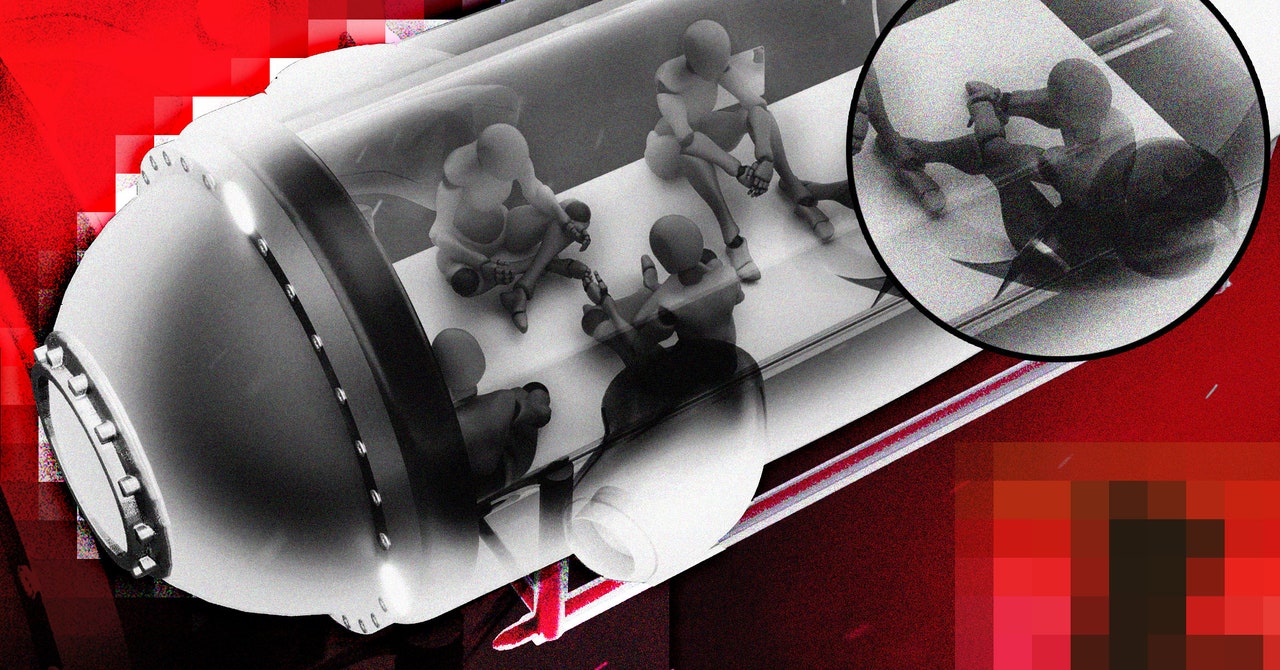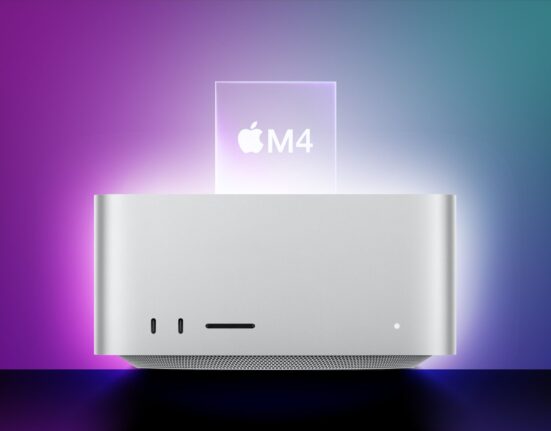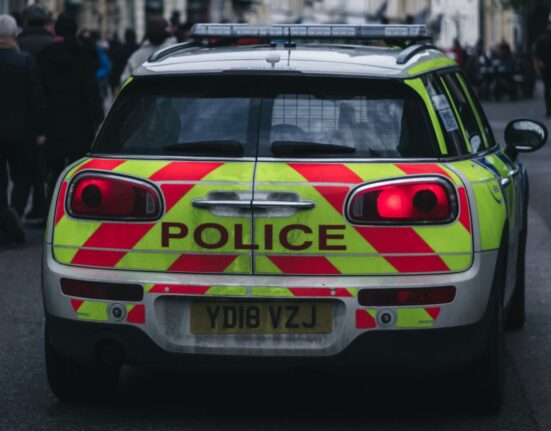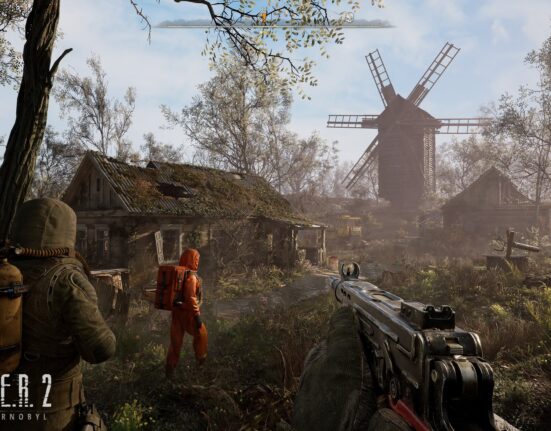After they left, the Titan was rebuilt with a new hull that was never tested to industry norms nor certified by an independent third-party agency. Patrick Lahey, CEO of submersible maker Triton Submarines, said that certifying a novel hull was not only possible but essential for safety.
“We were developing and certifying the deepest diving sub in the world at the same time they were developing this amateurish contraption,” he testified. “There was absolutely no reason they couldn’t have got it certified.”
A History of Troubled Titanic Missions
OceanGate’s first missions to the Titanic in 2021 were beset with problems, including the Titan’s forward titanium dome falling off after a dive, worrying readings on the acoustic monitoring system, and a thruster failing at 3,500 meters’ depth. One Coast Guard evidence slide showed 70 equipment issues requiring correction from the season’s dives. Things improved slightly the following year, with only 48 recorded issues. But these included dead batteries extending a mission from around seven to 27 hours, and the sub itself being damaged on recovery.
One dive in 2022 ended with a mysterious loud bang and cracking noise upon surfacing. Antonella Wilby, an OceanGate engineering contractor, was so worried about this bang she considered alerting OceanGate’s board of directors. She testified that another employee warned her that she risked being sued if she did so. “Anyone should feel free to speak up about safety without fear of retribution, and that is not at all what I saw,” she said. “I was entirely dismissed.”
On the Titan’s penultimate dive in 2023, contractor Tym Catterson admitted to failing to carry out a safety check; the Titan was left listing at a 45-degree angle for an hour, piling up those on board.
Conflicting Views on the Carbon Fiber Hull
There was conflicting testimony on the safety of the Titan’s unique carbon fiber hull. Dyer pointed out that carbon fiber could be a good fit for deep submersibles, and Nissen was adamant that computer modeling and the acoustic monitoring warning system meant that it could be used indefinitely. Lochridge, Catterson, and former HR director Bonnie Carl were all far more skeptical about the hull’s design and implementation. But all three acknowledged that they were not engineers.
Next week’s appearances by Nissen’s successor, Phil Brooks, more submersible engineers, and a carbon fiber expert from Boeing should address many of these questions. In particular, testimony next Wednesday from an engineer at the National Transportation Safety Board’s Materials Laboratory about the Titan’s wreckage may identify the physical cause of the implosion.
Where Was the Coast Guard?
At several points, investigators pointed out that the Titan should have been inspected by the US Coast Guard before carrying paying passengers. None of those questioned could say why it was not, despite OceanGate apparently contacting the Coast Guard on multiple occasions to provide notice of its underwater operations.
Lochridge also testified that OSHA had told him in 2018 that it had communicated his safety complaints to the Coast Guard. At least one of the five US Coast Guard witnesses being called next week is based in the Puget Sound, near OceanGate’s headquarters, and may be able to speak to this.
US Coast Guard Rear Admiral John Lockwood, who joined OceanGate’s board in 2013, is not on the witness list. Lochridge and Carl testified that Lockwood’s role was to provide oversight and smooth interactions with the Coast Guard.
Missing Witnesses
Nor is Lockwood the only notable absentee from the witness box. Multiple witnesses this week testified to the key roles of OceanGate employees, including Wendy Rush, Scott Griffith, and Neil McCurdy, in making crucial business, regulatory, and operational decisions throughout OceanGate’s history and on the day of the accident. None are being called to testify. Nor have any of the hulls’ manufacturers been called. The Coast Guard has not provided a reason for this other than to deny that it is because those witnesses would have asserted their Fifth Amendment rights to refuse to answer questions.













